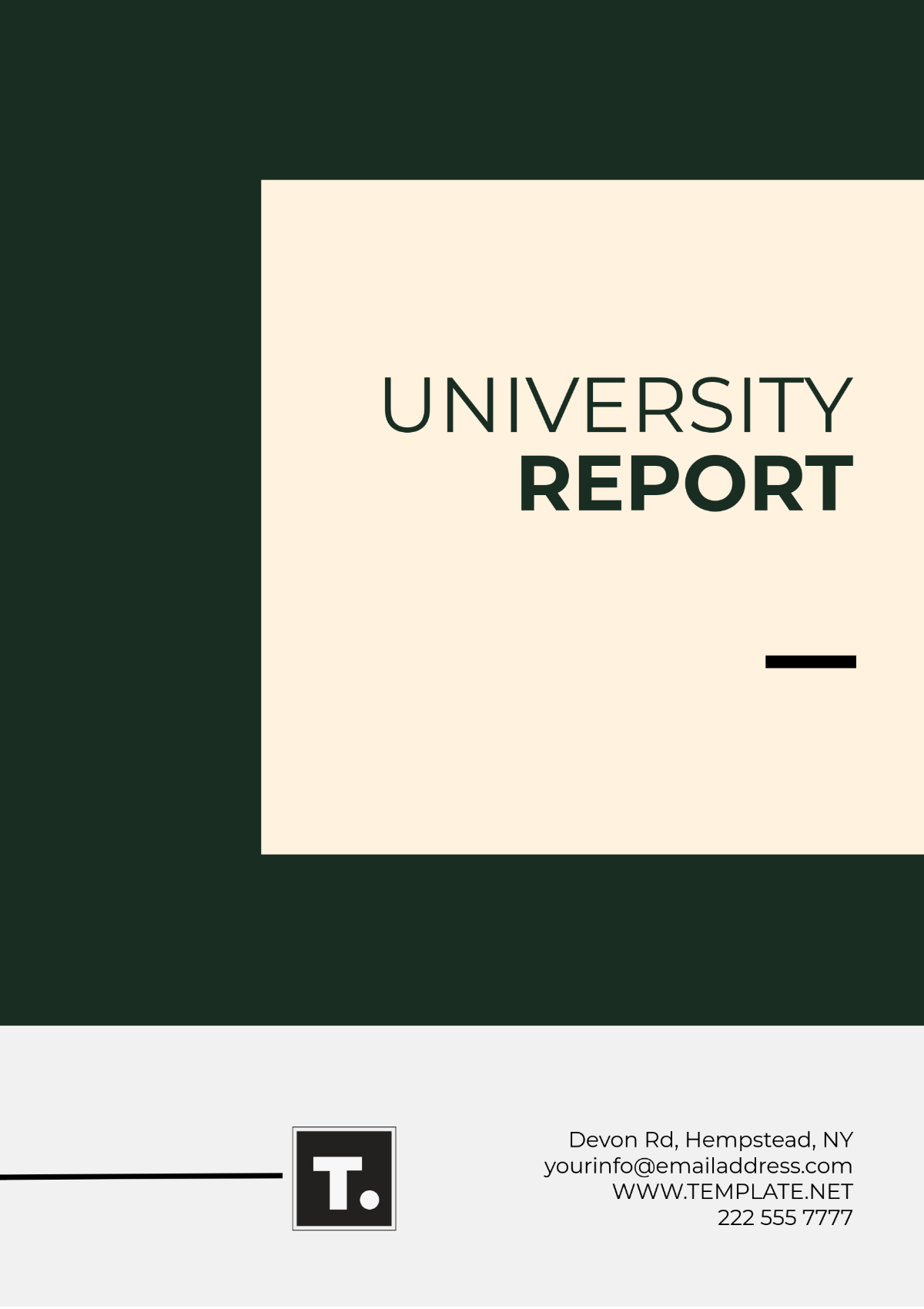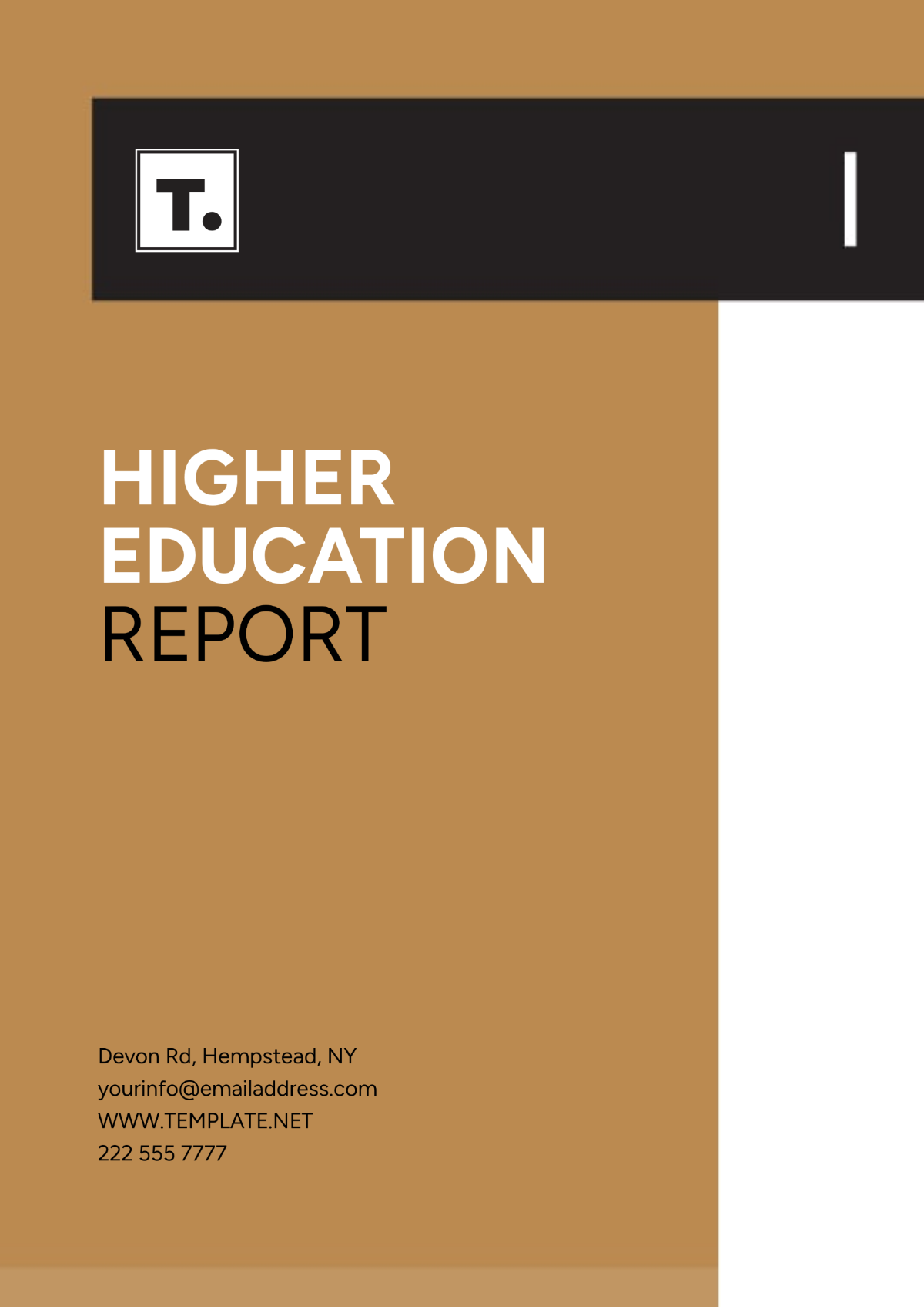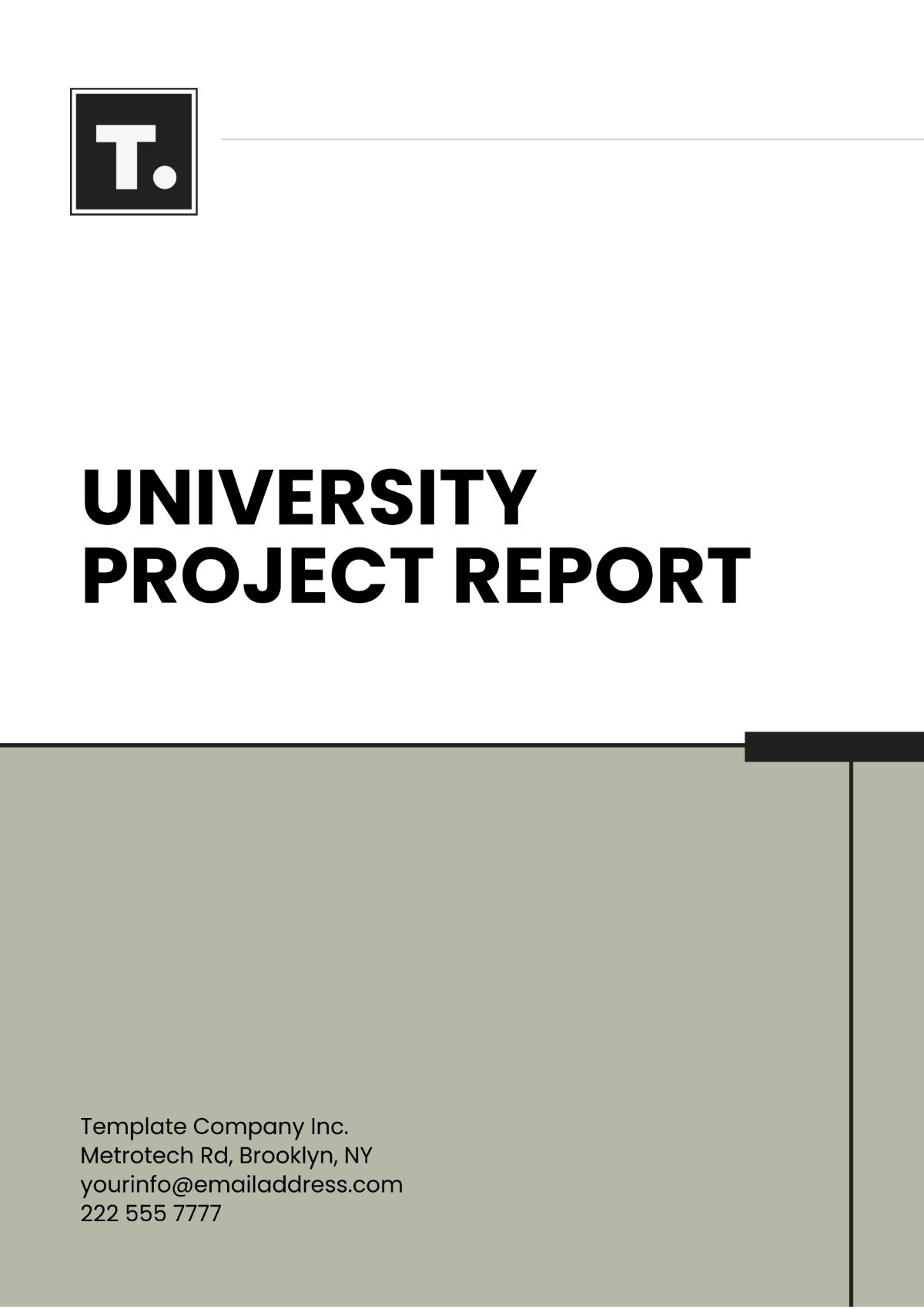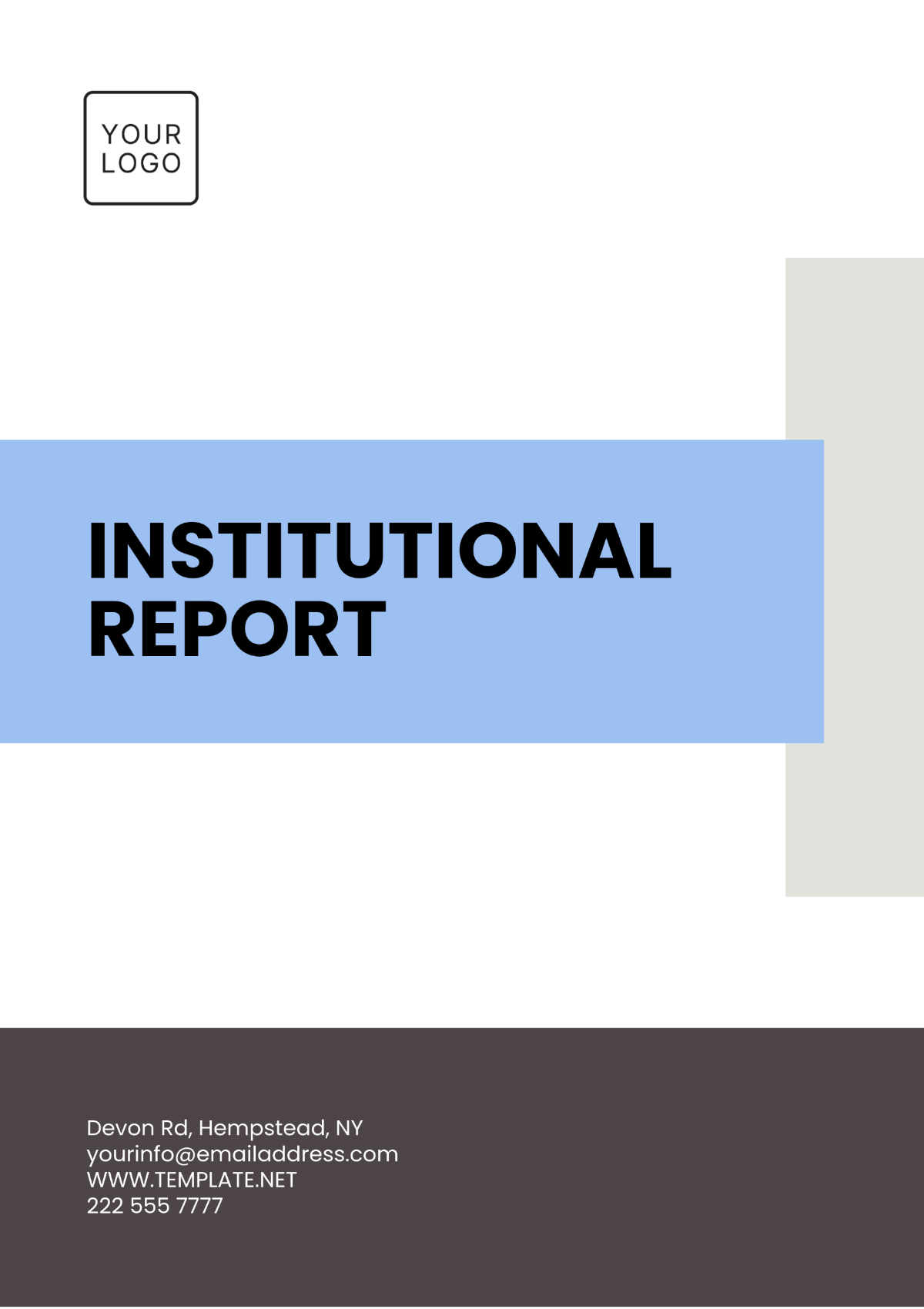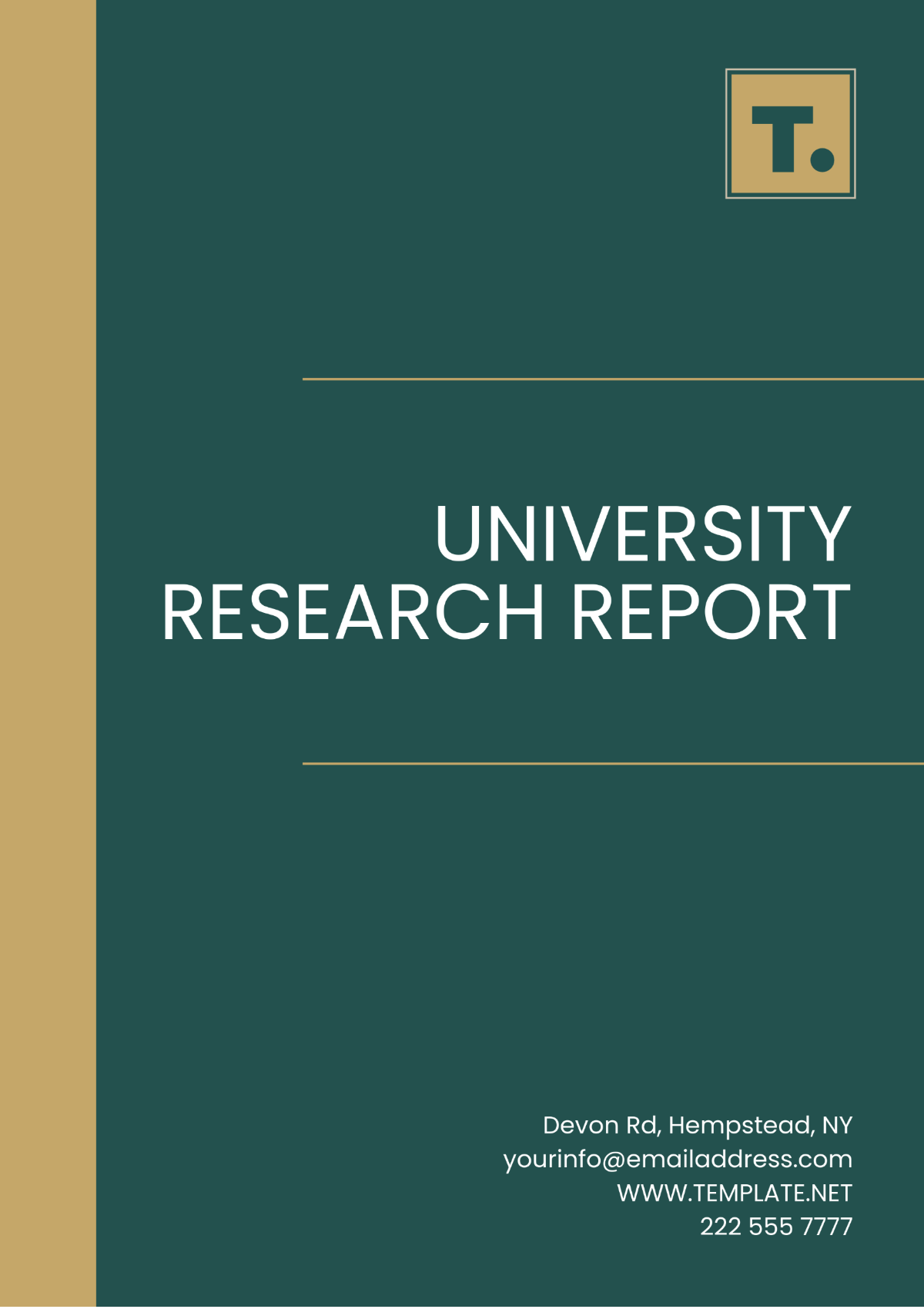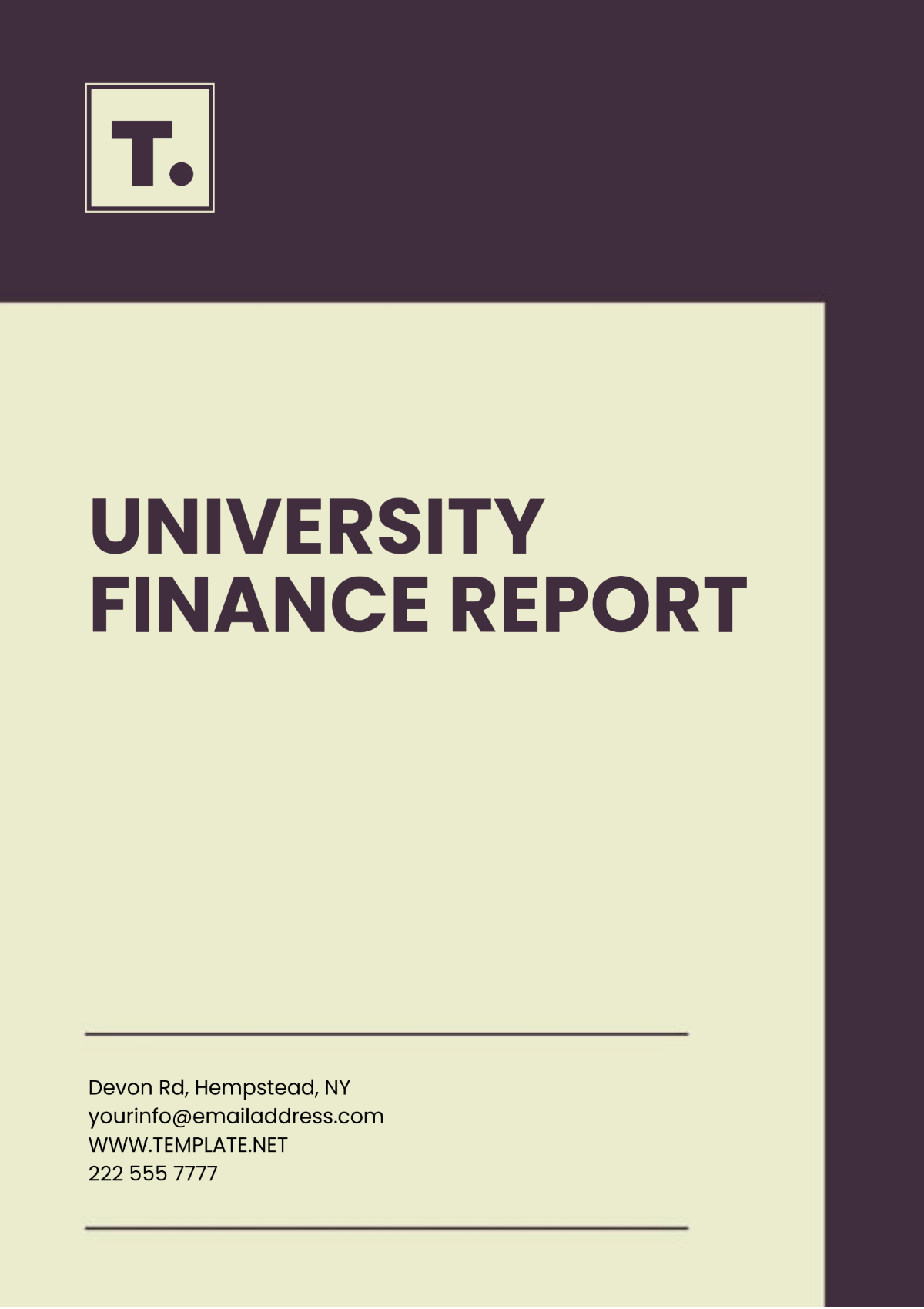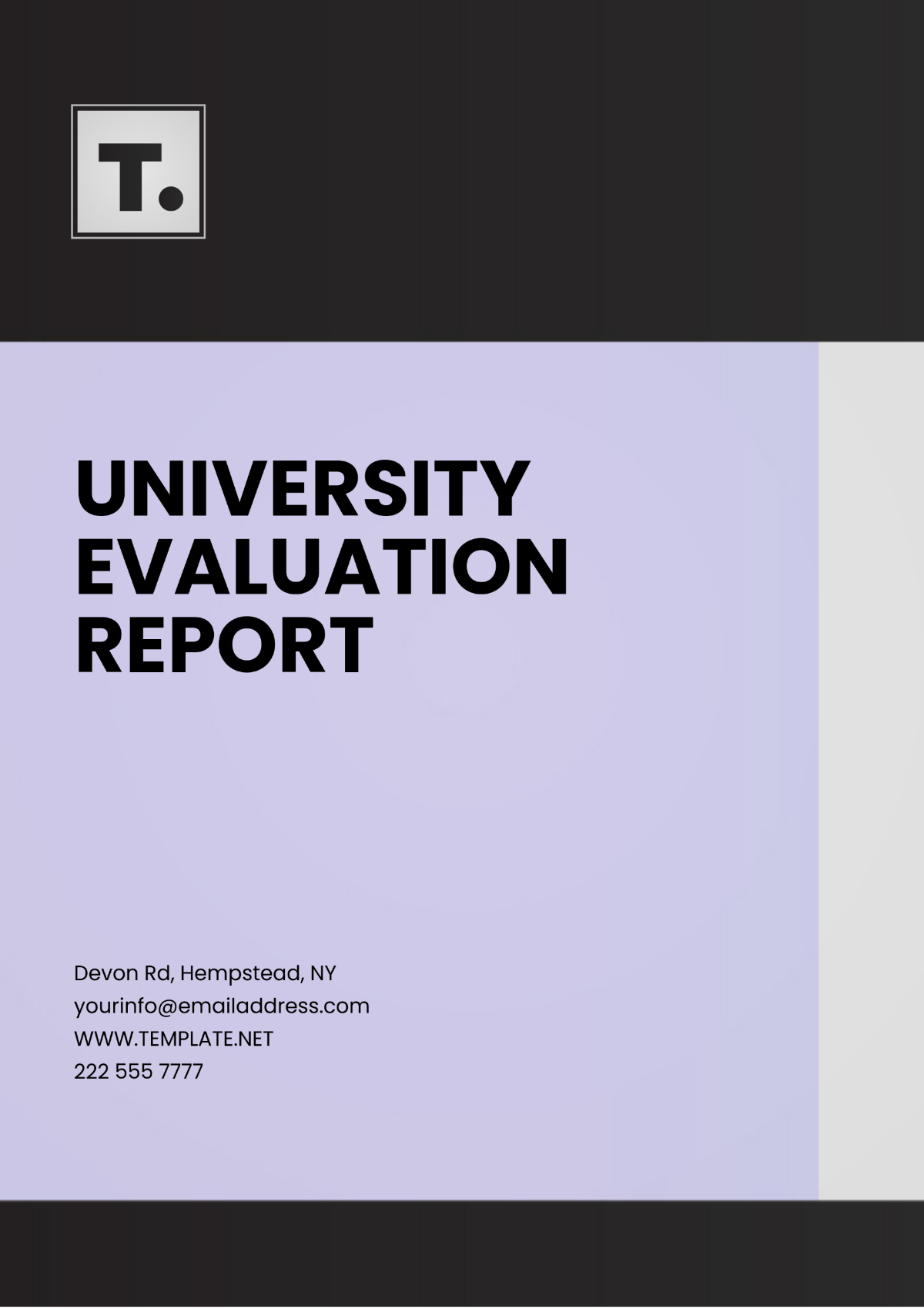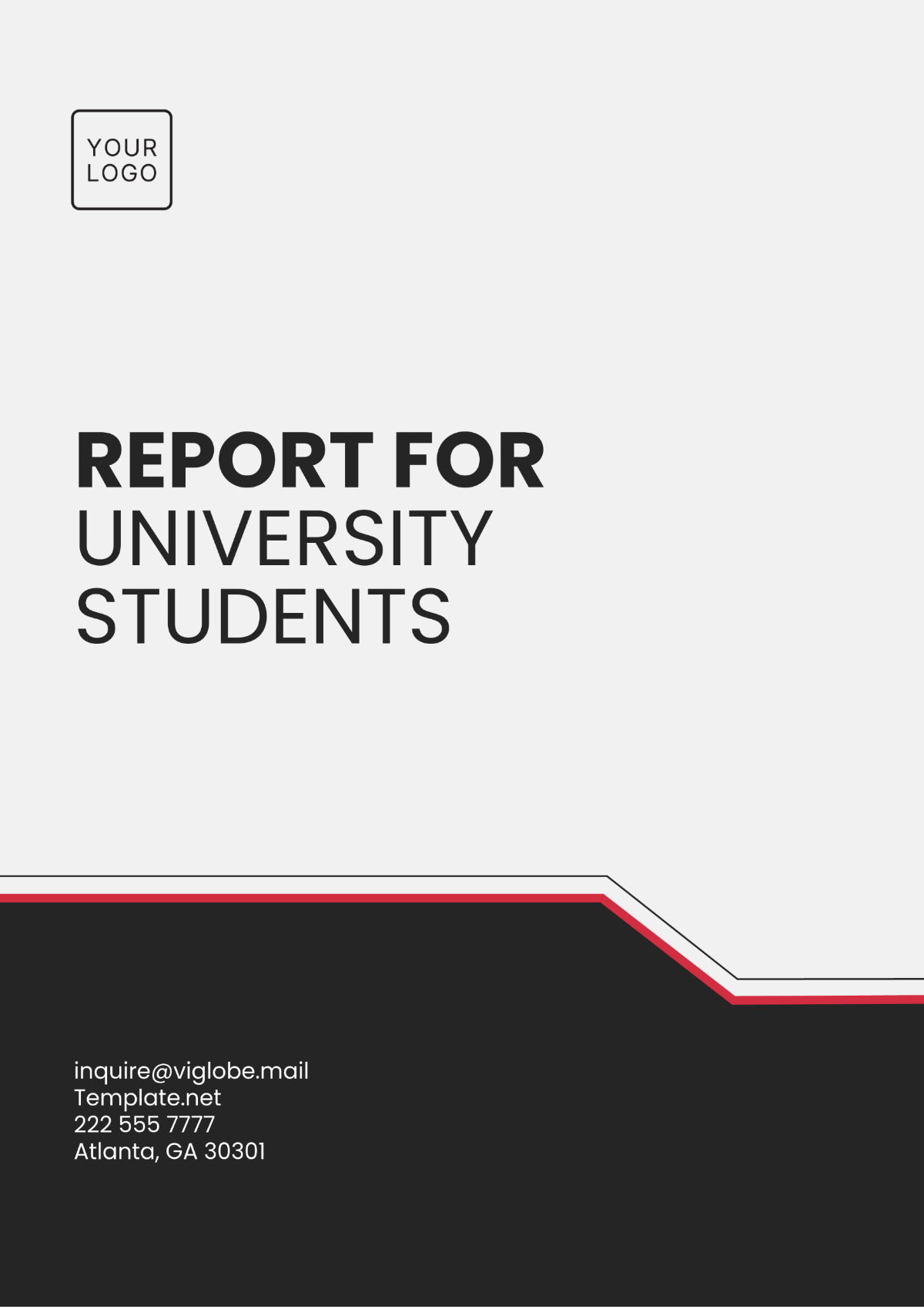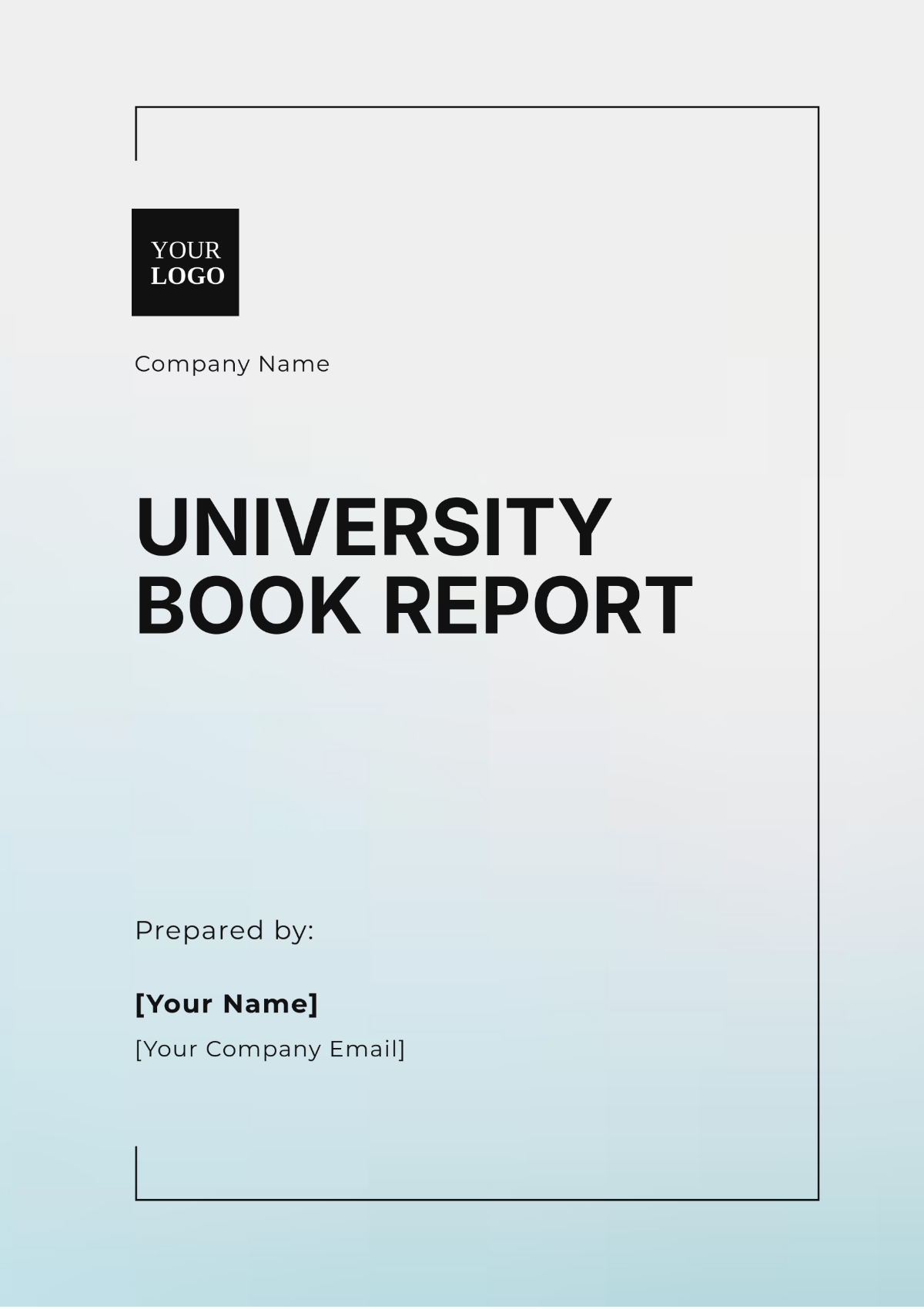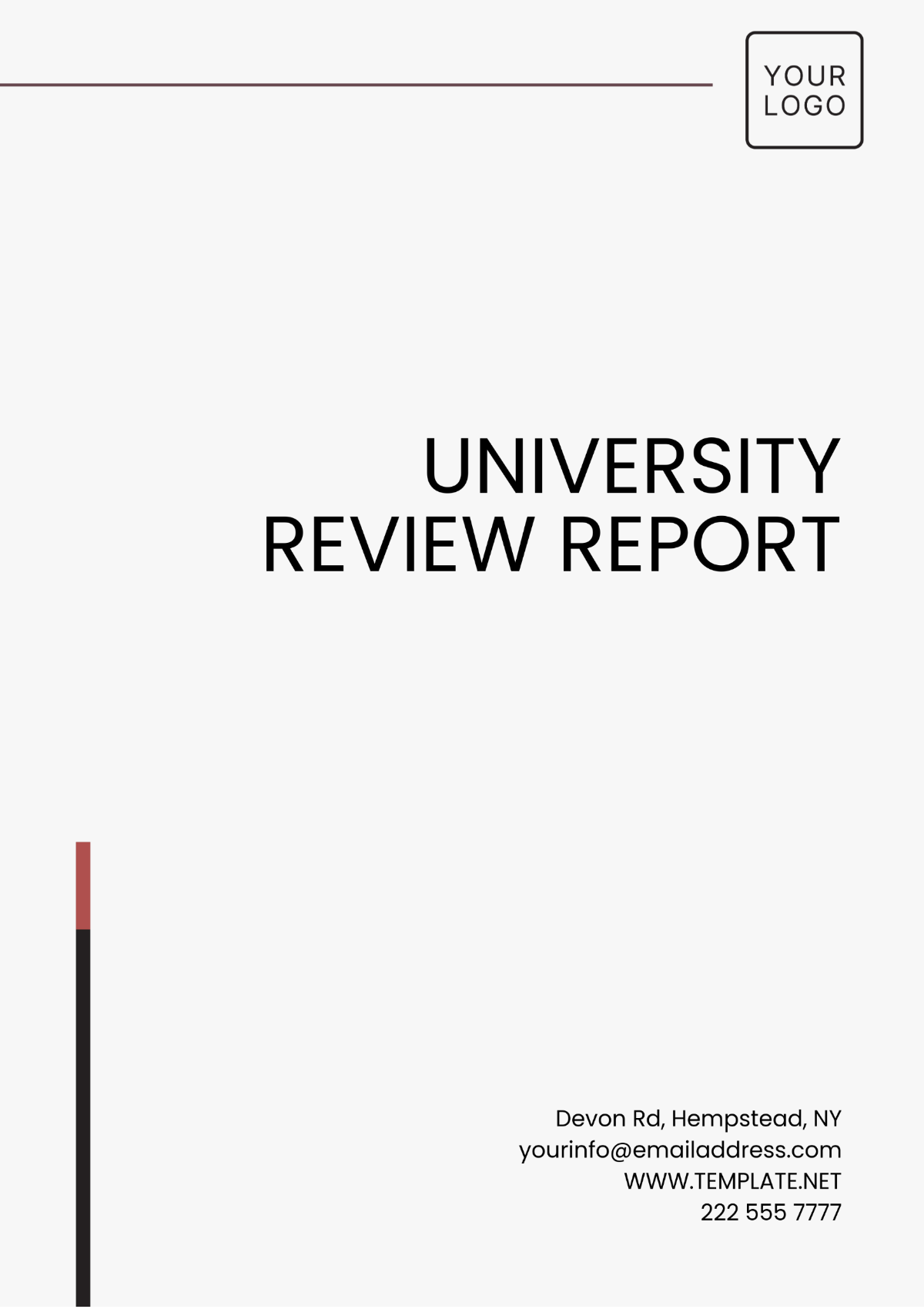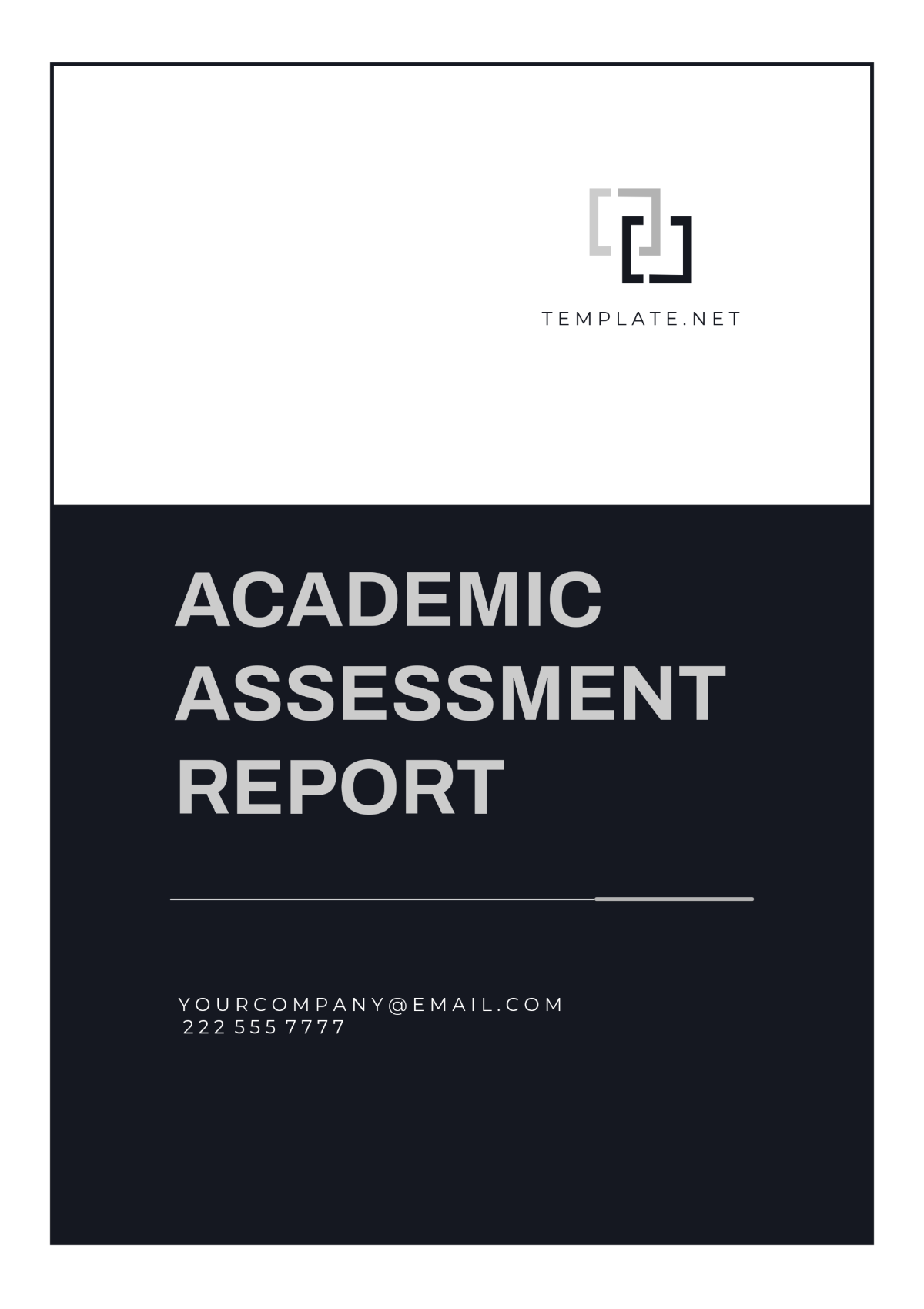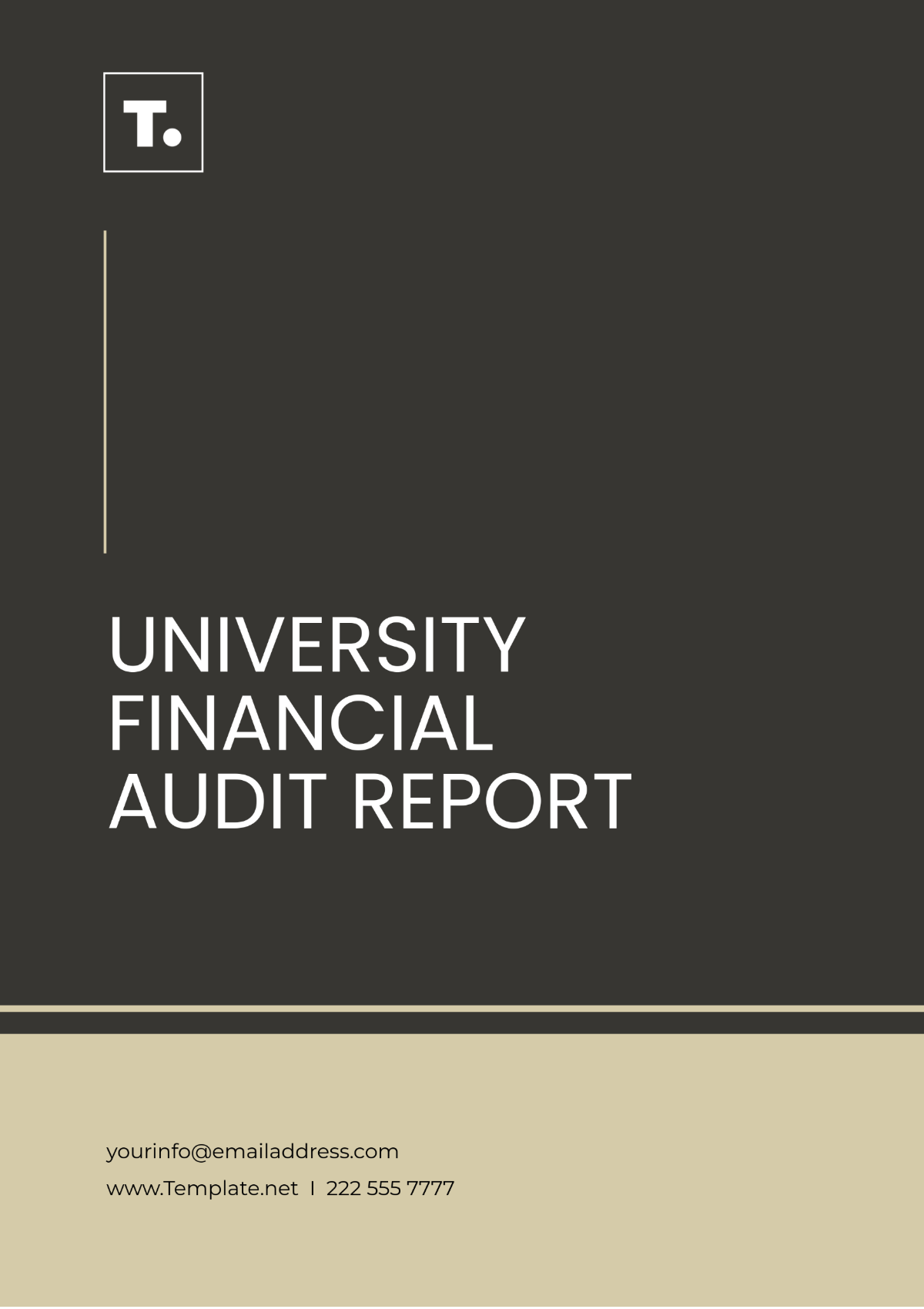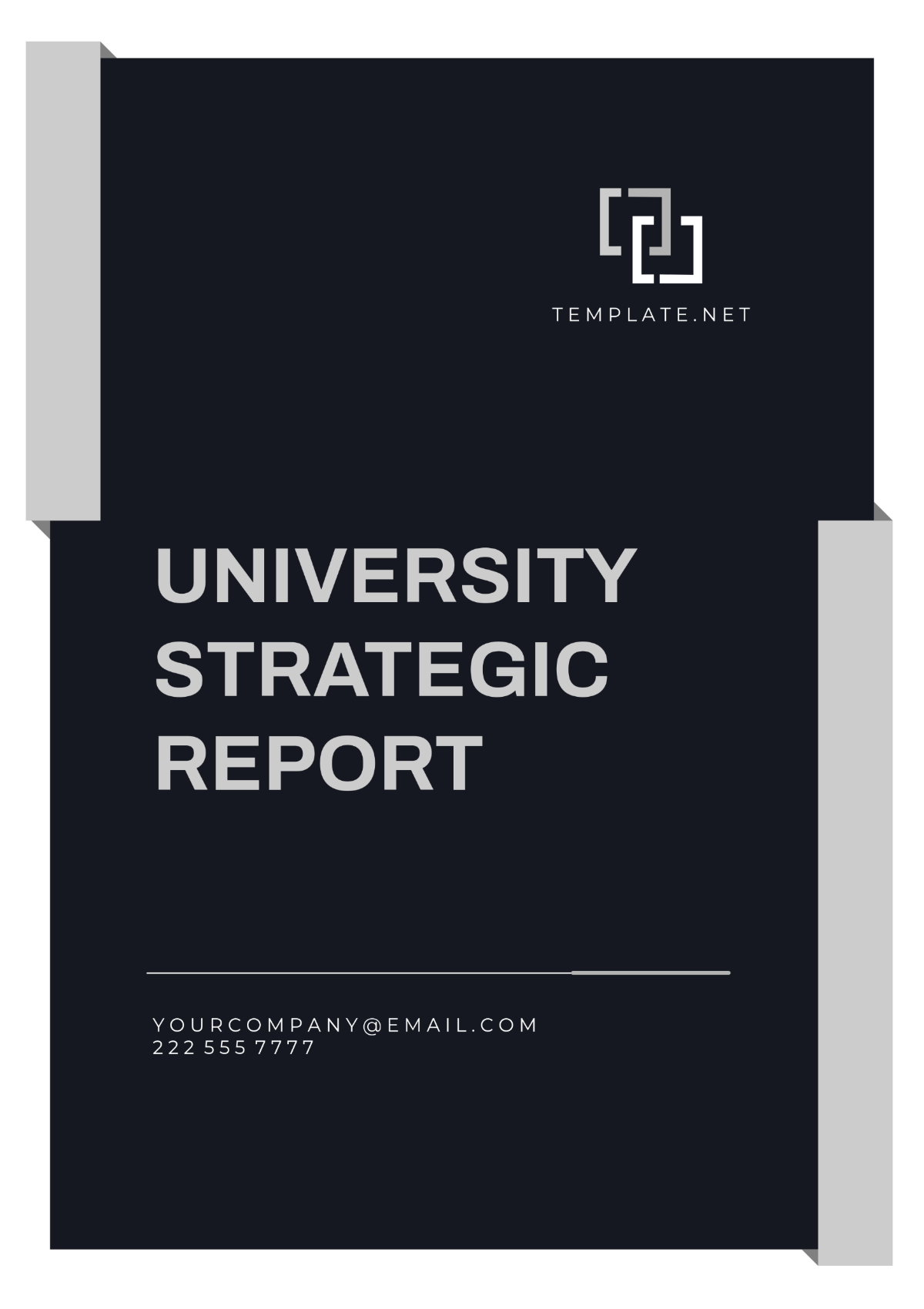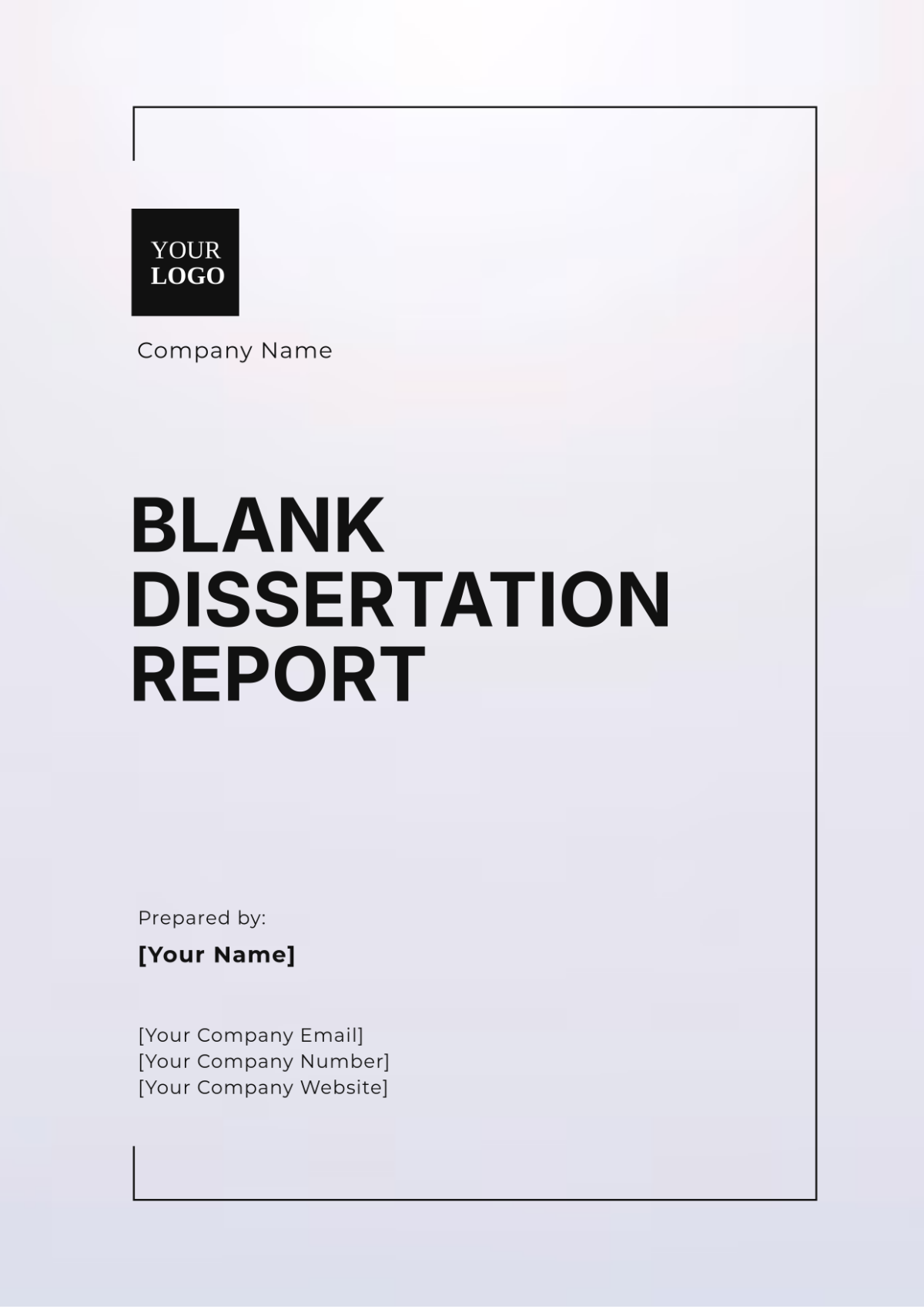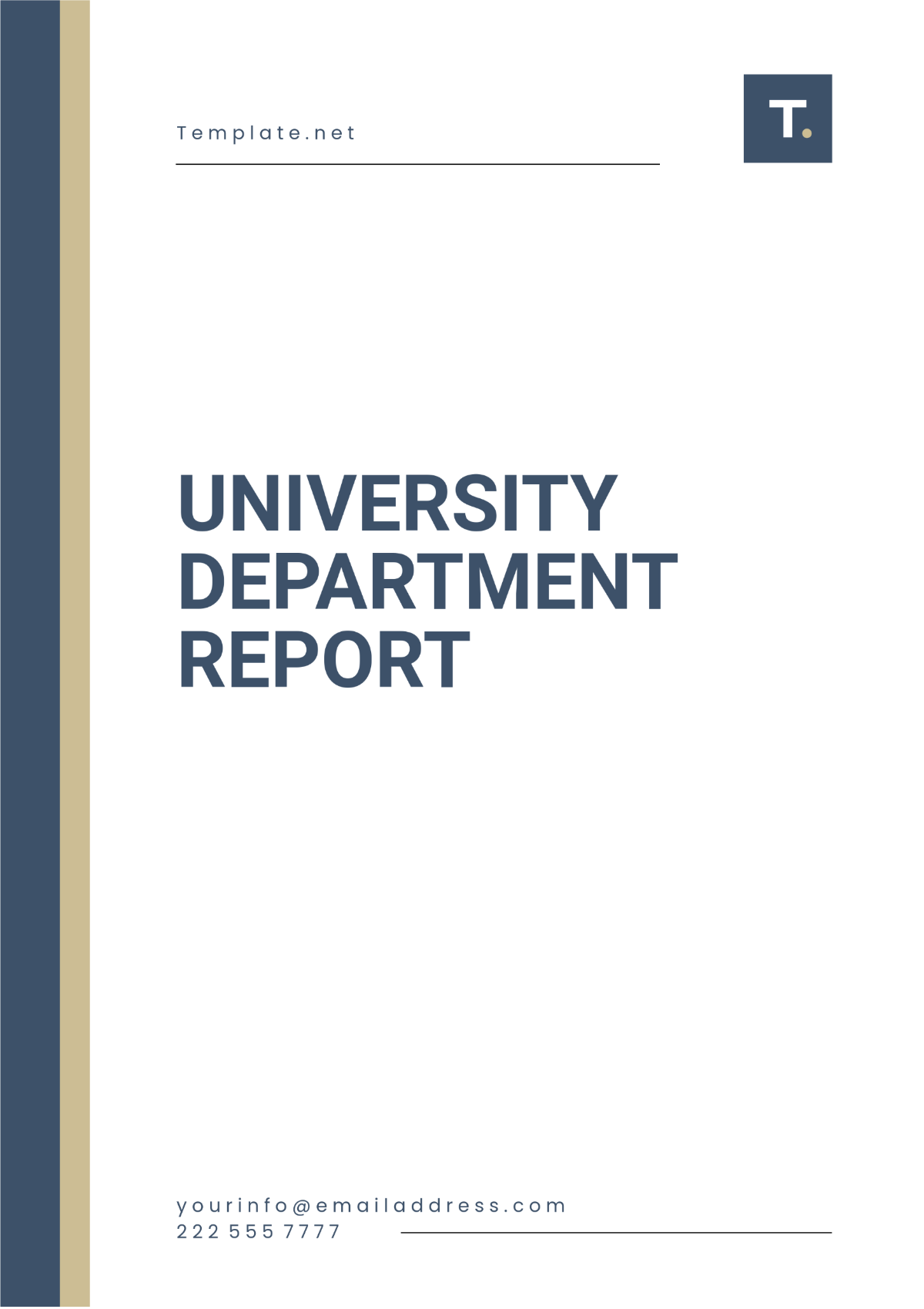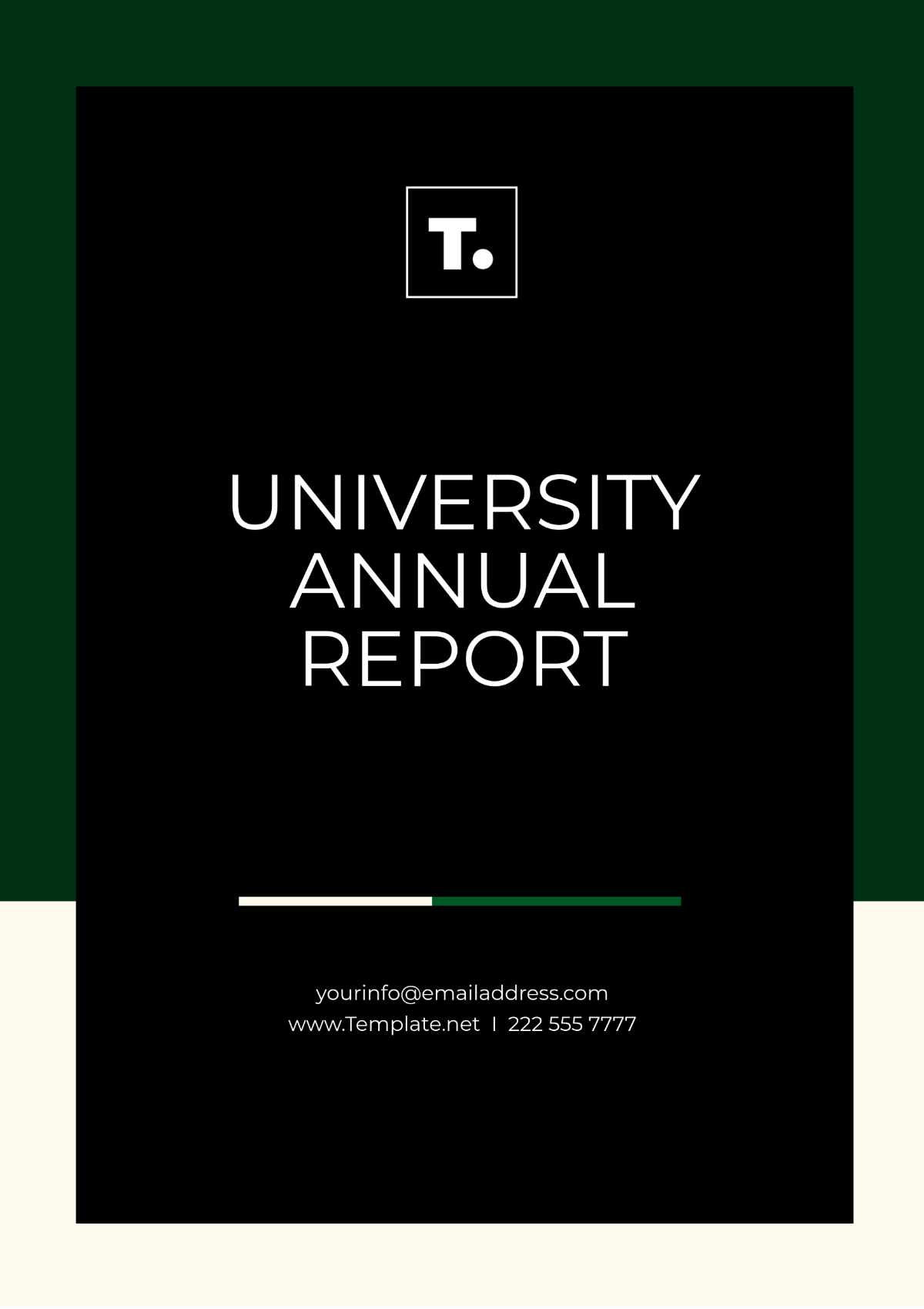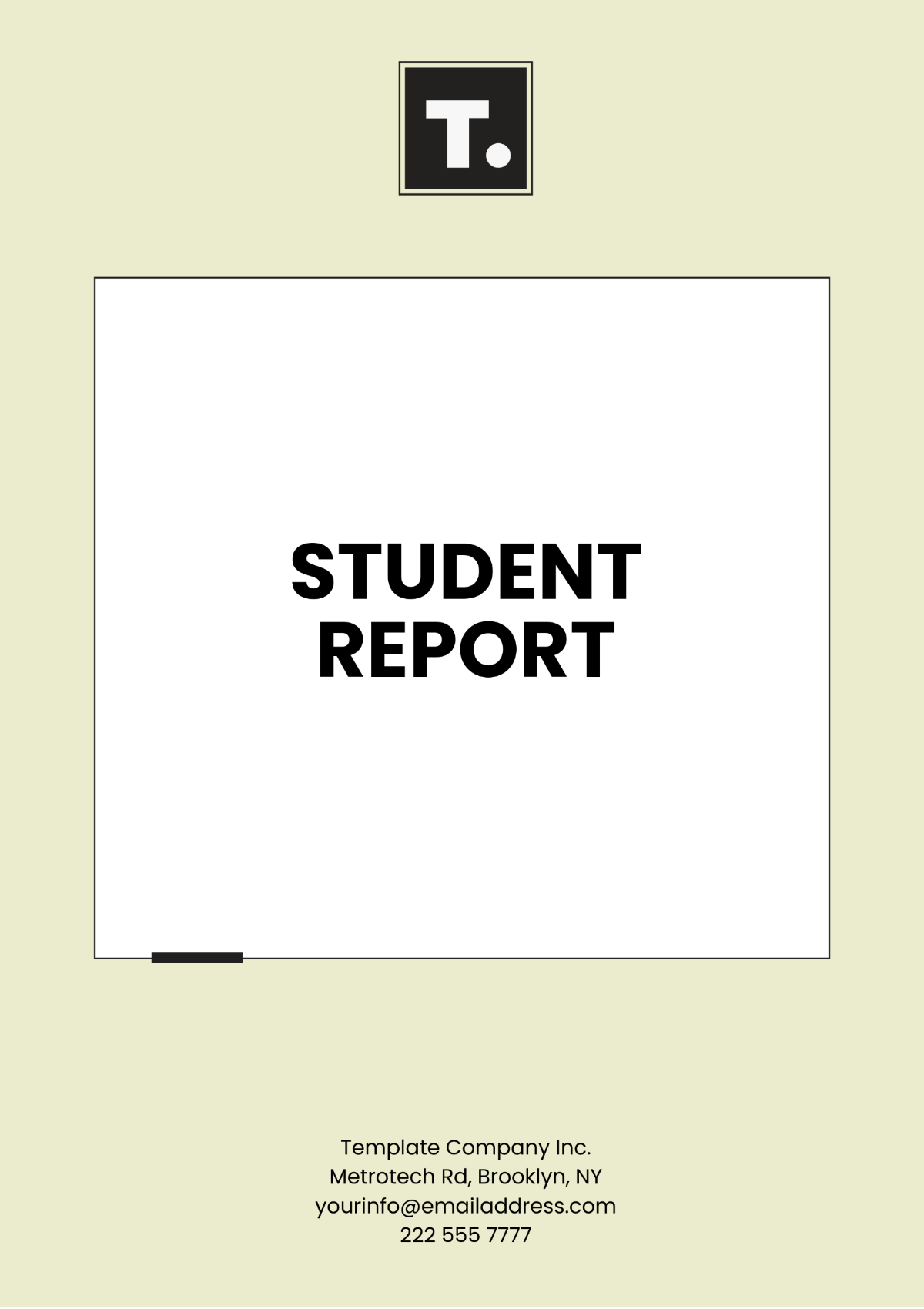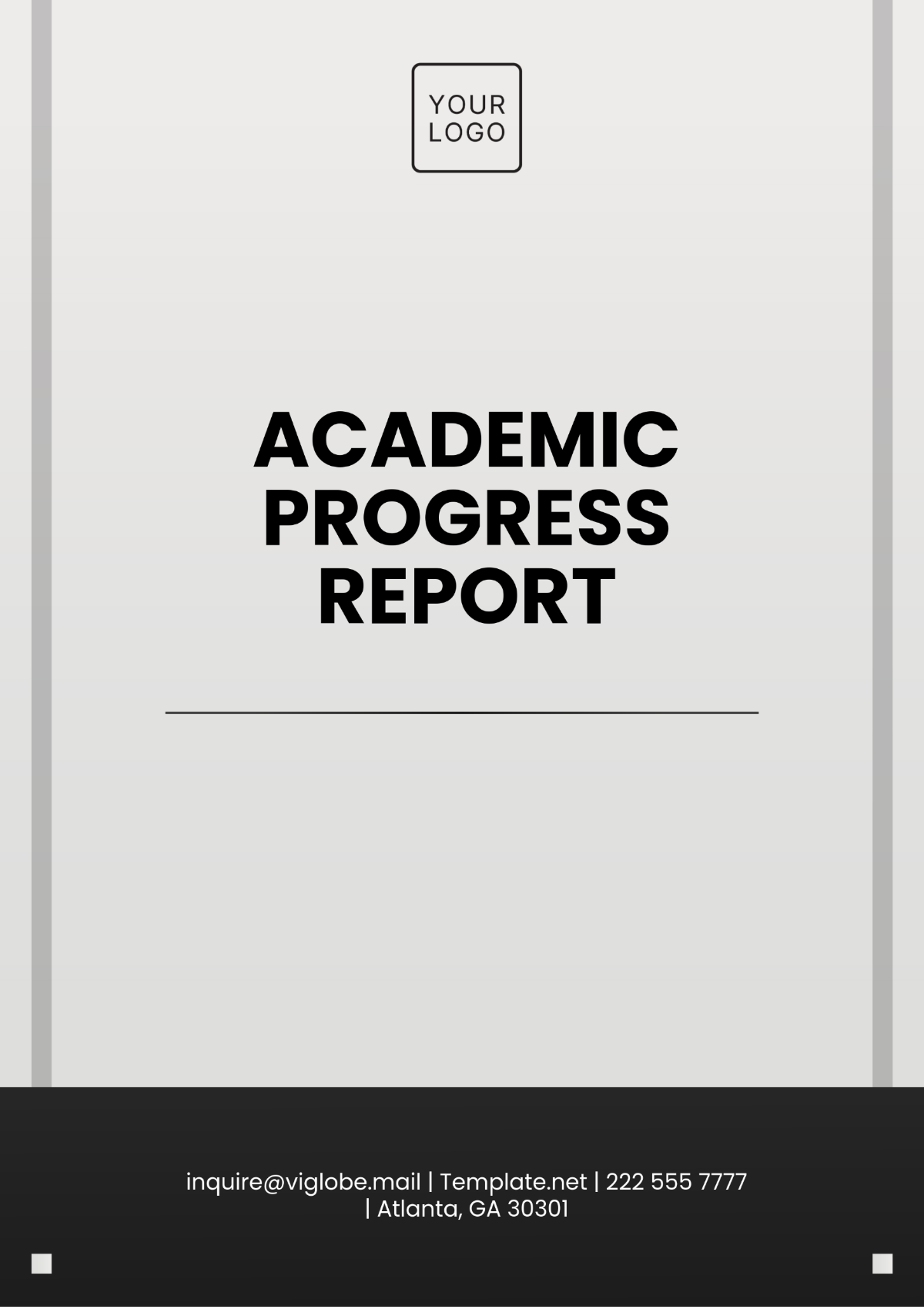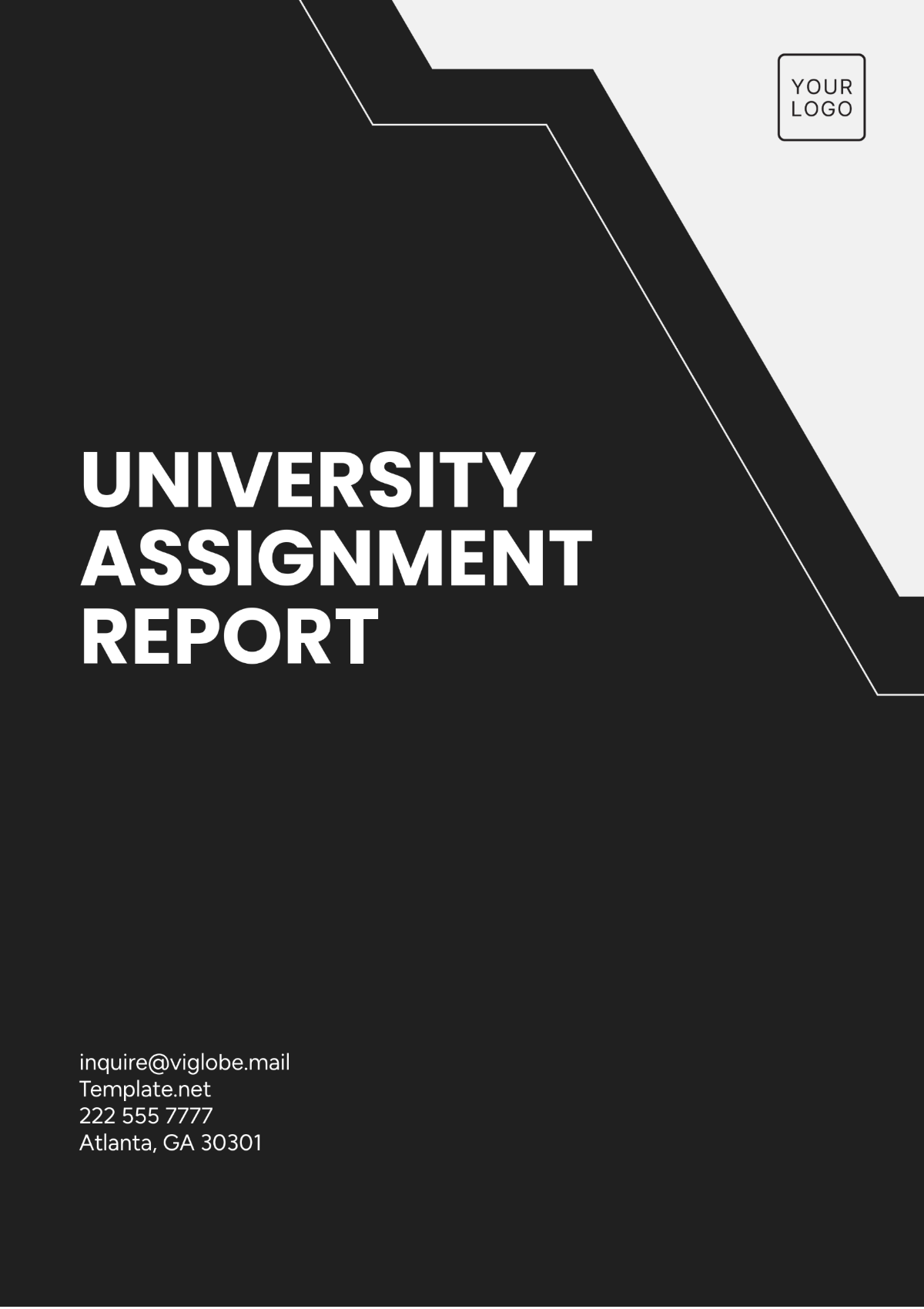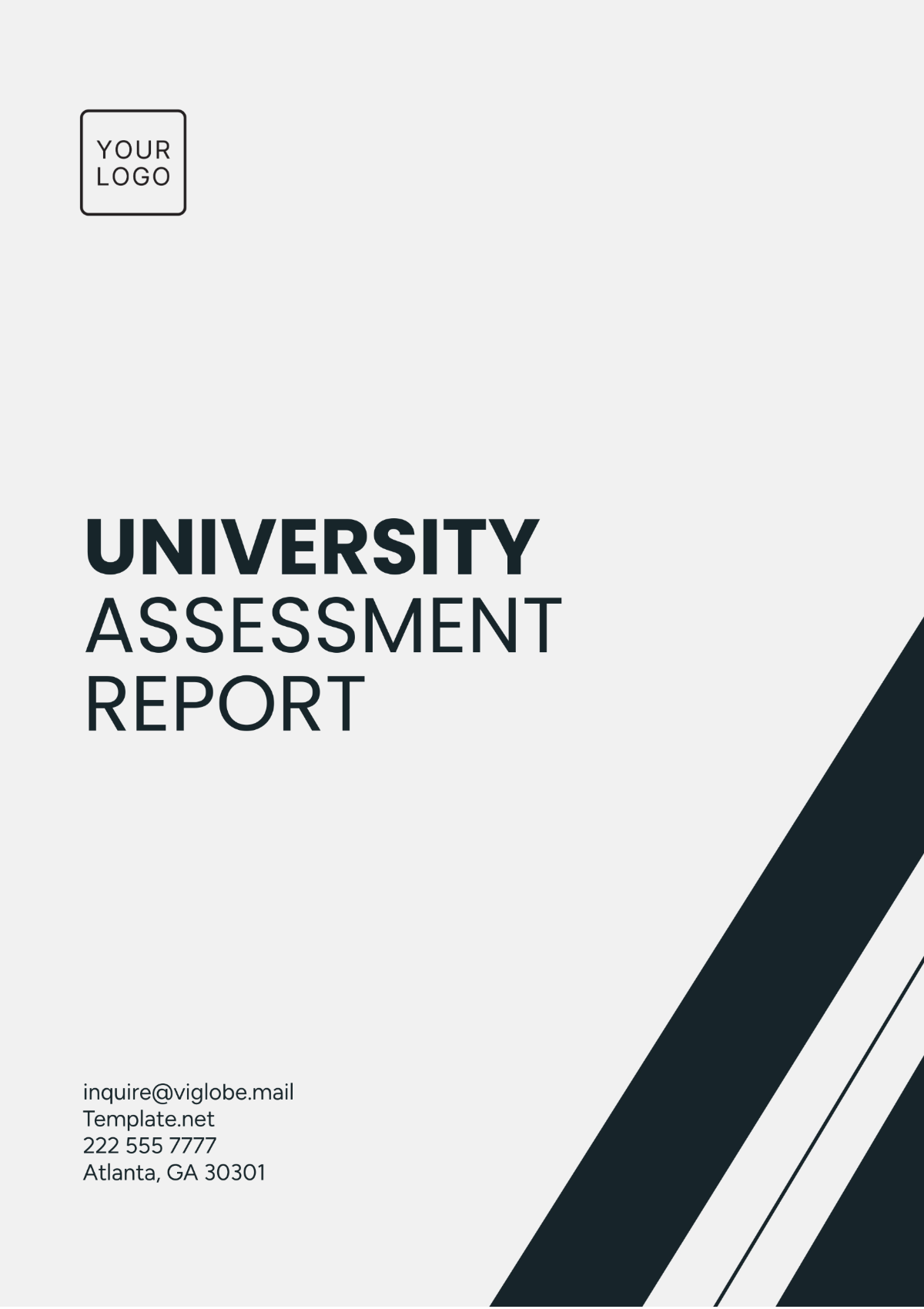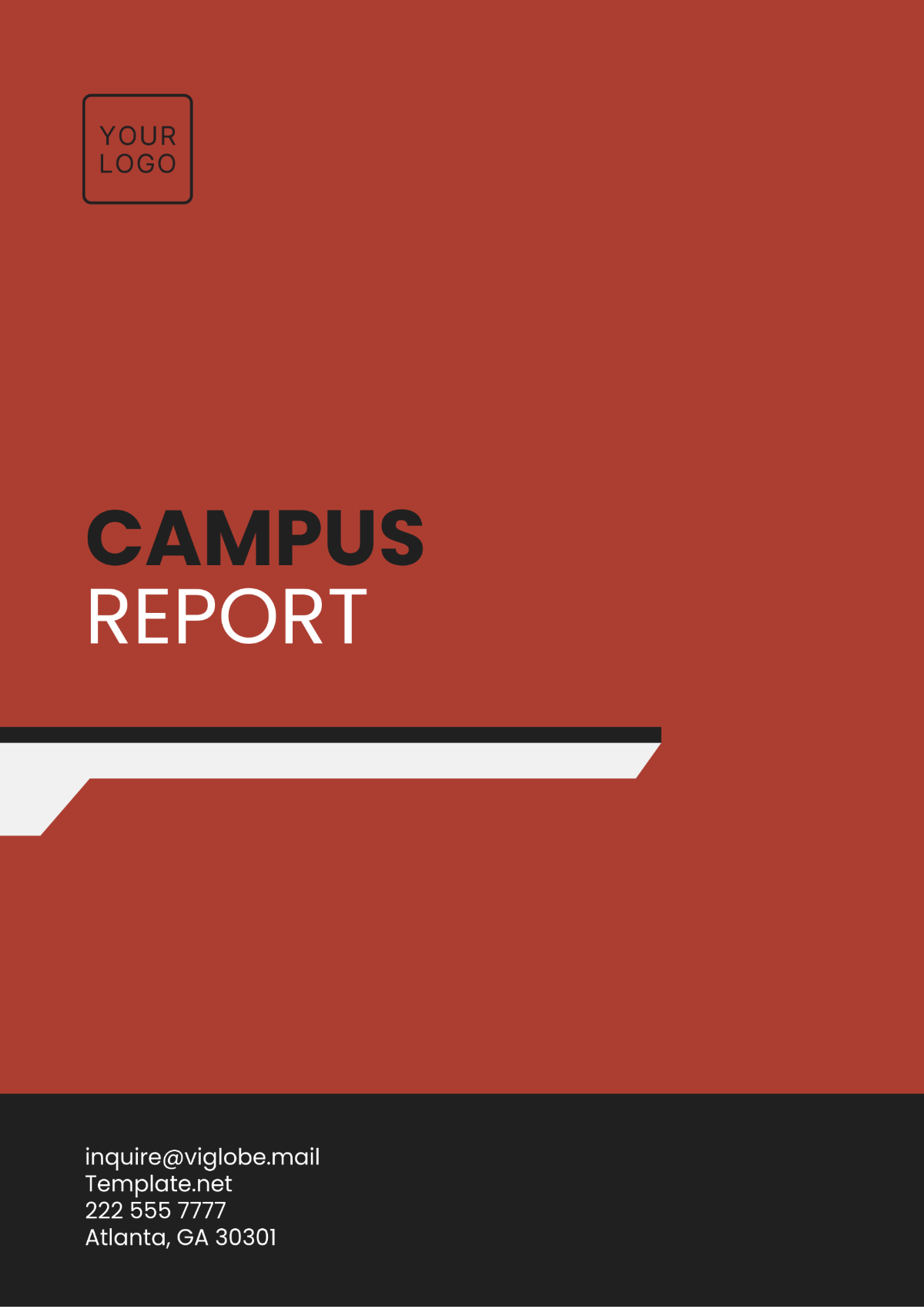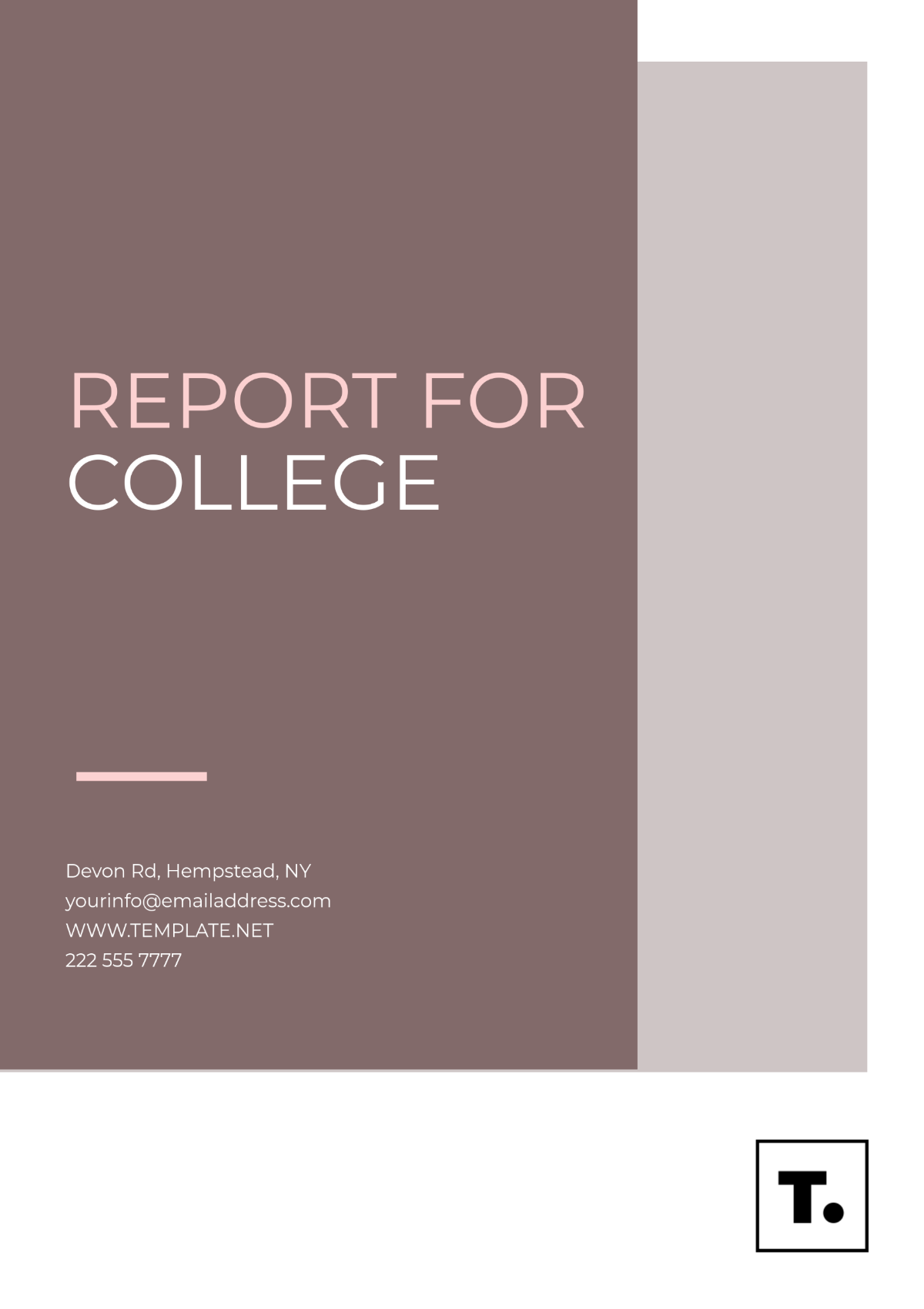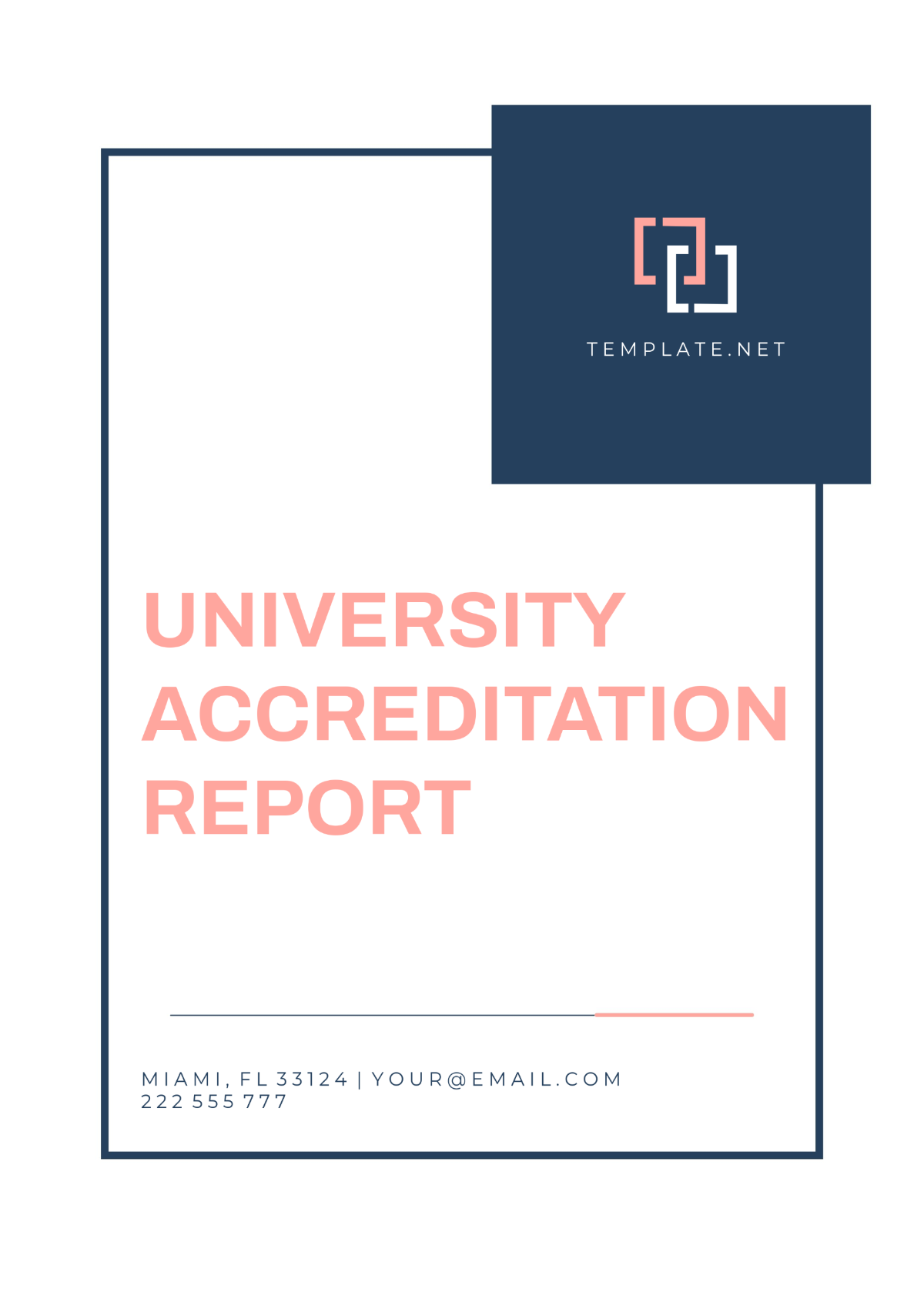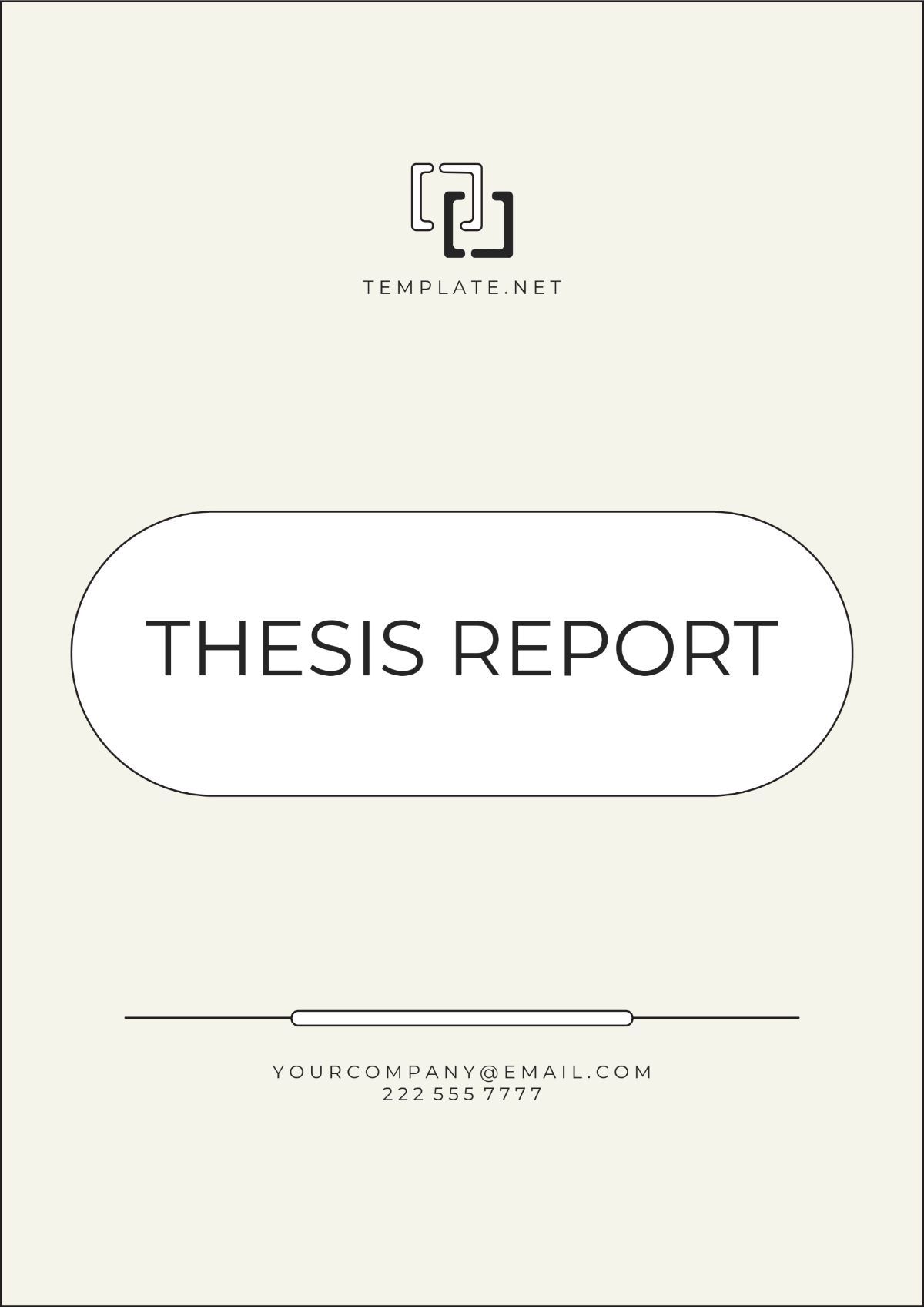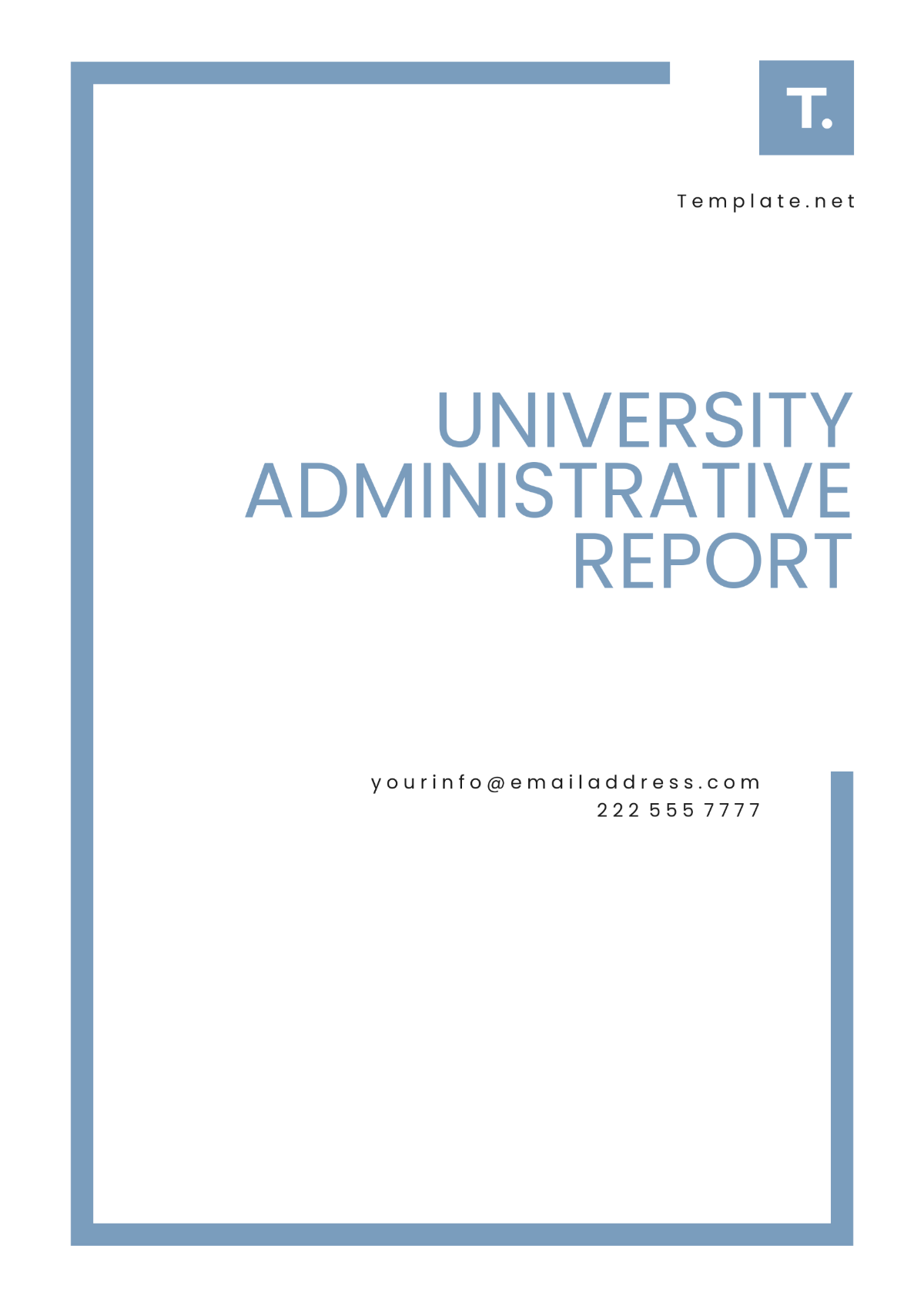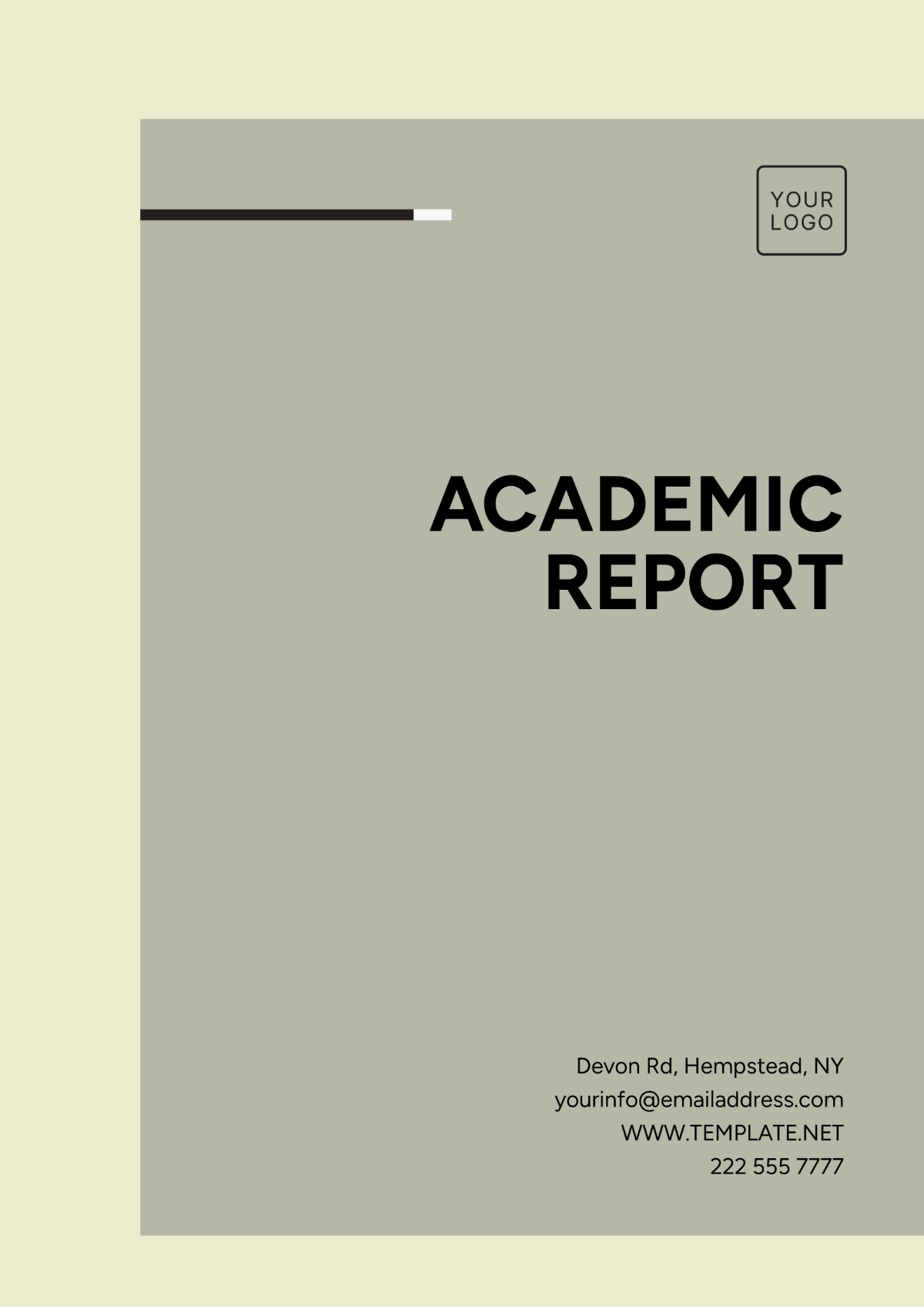University Financial Audit Report
I. Introduction
This University Financial Audit Report has been prepared by [YOUR COMPANY NAME], an independent auditing firm engaged by Albuquerque University. The purpose of this audit is to assess the financial statements and operations of Albuquerque University for the fiscal year ending December 31, 2049, ensuring compliance with relevant accounting standards and regulations.
II. Scope of the Audit
The audit scope included:
Reviewing the financial statements of Albuquerque University, including the balance sheet, income statement, and cash flow statement.
Evaluating compliance with Generally Accepted Accounting Principles (GAAP), relevant laws, and university policies.
Assessing the effectiveness of internal controls and financial management practices, including risk assessment, procurement processes, and financial reporting.
III. Executive Summary
Financial Overview
[UNIVERSITY NAME] reported the following financial position as of December 31, 2049:
Financial Metrics | Amount (USD) |
|---|---|
Total Assets | $150,000,000 |
Total Liabilities | $75,000,000 |
Net Assets | $75,000,000 |
Operating Revenue | $100,000,000 |
Operating Expenses | $90,000,000 |
Net Operating Income | $10,000,000 |
Audit Findings
During the audit, we identified 5 significant findings related to financial reporting and internal controls. These findings are detailed in Section IV of this report. The findings were categorized into Financial Reporting Issues and Internal Control Weaknesses.
IV. Detailed Findings and Recommendations
A. Financial Reporting
Findings
Revenue Recognition
Issue: Discrepancies were noted in the recognition of tuition fees, impacting reported revenue by $2,000,000.
Details: Certain tuition fees were recorded in the wrong accounting period, affecting the annual revenue figures. This issue was identified during a detailed review of transaction records and student accounts.
Expense Classification
Issue: Certain expenses related to research grants were incorrectly classified, affecting the accuracy of expense reporting.
Details: Expenses amounting to $500,000 were recorded under general administrative expenses instead of research expenses. This misclassification was due to insufficient categorization guidelines and lack of training for staff handling grant-related expenses.
Recommendations
Revenue Recognition
Revise the revenue recognition policy to ensure compliance with GAAP. Implement automated systems to track and record tuition fees accurately.
Expense Classification
Develop a comprehensive expense classification framework. Conduct training sessions for staff on the proper classification of grant-related expenses. Implement a review process for expense categorization.
B. Internal Controls
Findings
Segregation of Duties
Issue: There is a lack of segregation of duties in the procurement department, increasing the risk of errors or fraud.
Details: One individual was responsible for both approving and processing purchase orders, increasing the risk of unauthorized transactions. This was observed during our review of procurement processes and transaction records.
Documentation
Issue: Insufficient documentation was observed for travel expense reimbursements, hindering audit trail clarity.
Details: Travel expense reports lacked proper receipts and supporting documentation, making it difficult to verify the legitimacy of expenses. This was identified through a sample review of travel expense claims.
Recommendations
Segregation of Duties
Establish a framework for the segregation of duties within the procurement department. Assign different personnel to approve and process purchase orders. Conduct regular training on the segregation of duties and internal controls.
Documentation
Implement a stringent documentation policy for travel expense reimbursements. Require all travel expense claims to be supported by original receipts and detailed expense reports. Introduce a periodic audit of travel expenses to ensure compliance with documentation standards.
V. Conclusion
Based on our audit procedures and findings, [YOUR COMPANY NAME] concludes that the financial statements of Albuquerque University present a true and fair view of its financial position as of December 31, 2049, in accordance with Generally Accepted Accounting Principles (GAAP). However, attention is needed in certain areas identified in Section IV to strengthen internal controls and ensure accuracy in financial reporting.
VI. Audit Opinion
In our opinion, the financial statements of Albuquerque University for the year ended December 31, 2049, are presented fairly, in all material respects, in accordance with Generally Accepted Accounting Principles (GAAP). This opinion is based on the findings and observations detailed in this report.
